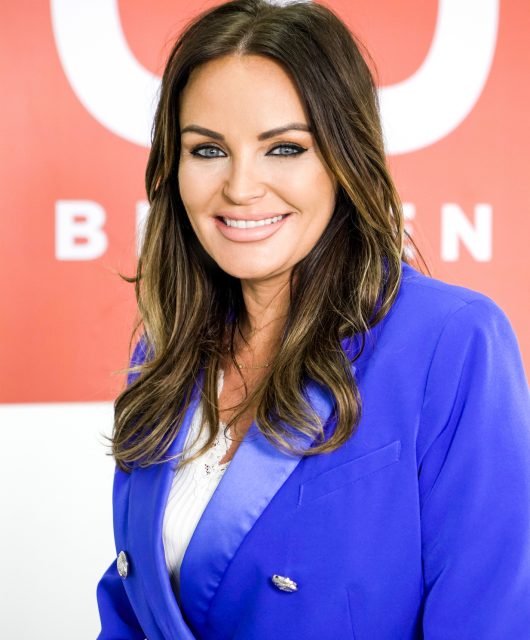Marketing Trends To Look Out For In 2023, By Bazaara’s Alyssa Mariano
As we move towards the end of the year, it’s time to reflect and start thinking about the new year’s business goals, and how marketing will help the business reach those goals. What worked in 2022 will probably not cut it in 2023, with the extremely fast pace that the world is moving at in terms of trends, especially in the MENA region. With ever changing regulations and innovation in almost all industries, it’s important to stay ahead of the curve and anticipate trends that are on the horizon. Doing so will probably even help your campaigns and strategies perform even better. Here are a few marketing trends to keep an eye on in 2023.

The Rise of Augmented Reality
Augmented reality (AR) is no longer just a gimmick; it’s a powerful tool that can be used to enhance the customer experience. In 2023, we expect to see more businesses using AR to create interactive experiences that engage customers on a deeper level. While the metaverse is still a term unknown to most, many young customers are already using it.
A recent study from McKinsey found that Gen Z, millennials, and Gen X consumers expect to spend between four and five hours a day in the metaverse in the next five years. So, it could be useful to get ahead of this curve and start learning about how to potentially boost sales with marketing tactics in this space. For example, AR can be used to give customers a virtual tour of a product before they purchase it, or to provide step-by-step instructions for how to use a complex product.
Personalization at Scale
In recent years, we’ve seen a shift from mass marketing to more personalized marketing, and that trend is only going to continue in 2023. Thanks to advances in artificial intelligence (AI) and data analytics, businesses will be able to personalize their marketing messages like never before. We’ll see more businesses using customer data to create highly targeted campaigns that deliver relevant content at exactly the right time.
The Ongoing Rise of Audio Content
With more people than ever before consuming content on the go, we’ve seen a steady boom in audio content in recent years, such as podcasts and audiobooks, and it’s only growing stronger. According to an Oberlo report, in 2019, there were 274.8 million people worldwide listening to podcasts, accounting for 14.4% of global internet users. This number grew by 20.9%, to 332.2 million in 2020, before rising another 18.7% in 2021, to 383.7 million. Audio is an effective way to reach busy consumers who don’t have time to sit down and read an article or watch a video.
Next Generation AI
There’s no denying the power of artificial intelligence. By using AI tools, businesses can gain valuable insights into customer behavior, preferences and trends. Additionally, AI can help businesses automate tedious and time-consuming tasks, such as data entry and analysis. As a result, businesses that use AI in their marketing campaigns can save time and money while still reaching their target audience. Furthermore, AI-powered marketing campaigns are often more effective than traditional campaigns, as they are able to personalize messages and target ads to specific consumers. Ultimately, by harnessing the power of AI, businesses can discover new opportunities for growth and success.
These are just a few of the marketing trends we anticipate seeing in 2023. To stay ahead of the curve, businesses need to start thinking now about how they can adapt their strategies to meet the needs of tomorrow’s consumers.
Change is the only constant, and this is especially true when it comes to marketing trends. What worked last year might not work this year, and what works this year might not work next year. Augmented reality, personalization at scale, audio content and artificial intelligence are just a few of the buzzworthy topics that are expected to make waves in the marketing world next year. By keeping up with the latest trends, businesses can ensure that their marketing efforts are relevant and effective. After all, there’s no point in using yesterday’s tactics to reach tomorrow’s consumers.





